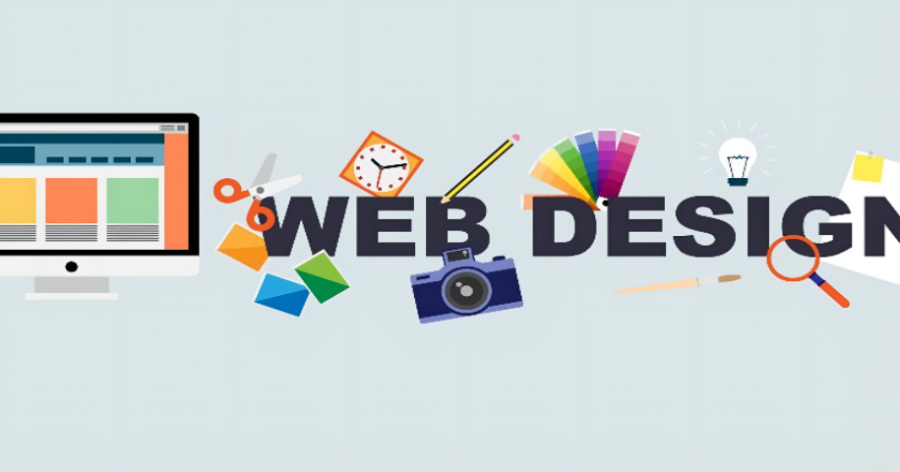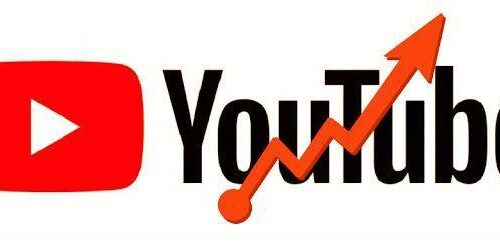Website design encompasses all the visual components of a website, such as its colors, fonts, images and layout. A website’s aesthetic design impacts user interaction while building brand recognition.
Web designers use best design practices such as visual balance, symmetry, and consistency when crafting websites that are visually appealing and user-friendly.
Colors
Website designers know that colors have more of an effect than just aesthetic considerations when it comes to website designs – they have an immense power to affect how visitors feel while using a site, which is why it is vital to take into account both its goals and the intended target audience when selecting hues for website designs.
Alternatively, if the website’s target audience includes older readers who require larger text and increased contrast for easier reading, darker color schemes may be suitable.
However, if the target audience of your website is younger, a more visually attractive color palette might prove more successful in reaching them.
Another consideration when creating a website is if its color scheme matches up well with its layout. A dark teal and turquoise combination works particularly well with two-column web designs like that seen on Best Horror Scenes website, for instance. Furthermore, many color schemes use contrasting hues to emphasize specific aspects of its layout such as red and white for call-to-action buttons on Banky site – making it easier for visitors to locate those they require while maintaining its overall look.
Fonts
Font selection for website designs is an essential component in communicating your brand voice to visitors and should include fonts with high readability across devices – as most users access sites on mobile phones.
Typographers should select web font styles that are contemporary and easily legible on all screens, making the best font styles suitable for web design modern and accessible to readers on all devices. Fonts may be classified as serif, sans serif, script, display/decorative fonts. Serif fonts feature small lines at the end of every stroke that create classic elegance while sans serif fonts are minimalist with no serifs present – thus offering greater readability on smaller screens.
Script or cursive fonts mimic handwriting and can be used for titles, logos and short paragraphs. As these fonts can be hard to read in longer texts, they’re best used in titles or headings only.
Layout
Website layouts form the cornerstone of website content creation, as they set visitors on their journey around a website and make finding information easier for them. While different pages should have different layouts, overall page structures should remain relatively consistent across pages.
This is especially relevant to sites that rely heavily on written content, such as blogs or digital newspapers. A Z-pattern can help keep visitors engaged by using alternating elements to guide them down the page in a zigzag pattern and maintain engagement – ideal for blogs or digital newspapers as well as landing pages and conversion-oriented websites.
Box-based or grid-based layouts offer another solution for websites that must be highly organized and structured; such as Alex Jones’ site which uses this approach with color-coded blocks of content to help readers easily scan it and understand its structure. They are also suitable for websites which need to display multiple pieces of information simultaneously like an event calendar.
Images
Website images do more than add visual appeal; they have an immediate and significant effect on the content of your site and help visitors quickly understand your message. They also create brand character and boost user confidence.
When selecting images for your website, it is crucial that they are of high quality and professionally taken photos taken by professional photographers. Doing this will ensure a great visitor experience on your site. Furthermore, when saving files to the web make sure they are optimised accordingly with photos being properly cropped and compressed before uploading.
For instance, if your website displays images of hotel rooms, be sure to provide photos that look similar in style and size in order to create an effortless browsing experience. Furthermore, responsive design requires thoughtful consideration as images must fit perfectly on desktop computers, tablets and smartphones alike.
Videos
Videos can be an engaging way to engage visitors on your website and help your company meet its business goals. Furthermore, videos are easy to grasp and can help boost SEO by increasing rankings on search engine result pages.
Used properly, video can help create an engaging website that attracts viewers and boosts sales. When used incorrectly however, video may become confusing to visitors or even cause them to close the page altogether and click away from your website altogether.
One popular way to use video in website design is creating product explainer videos. Weber does this on their homepage with videos showcasing barbeque culture and showing how its products fit in to this world of barbeques, helping viewers feel like they know and connect with the brand. Experiential marketing techniques help potential customers visualize themselves using this product which ultimately increases conversion.





